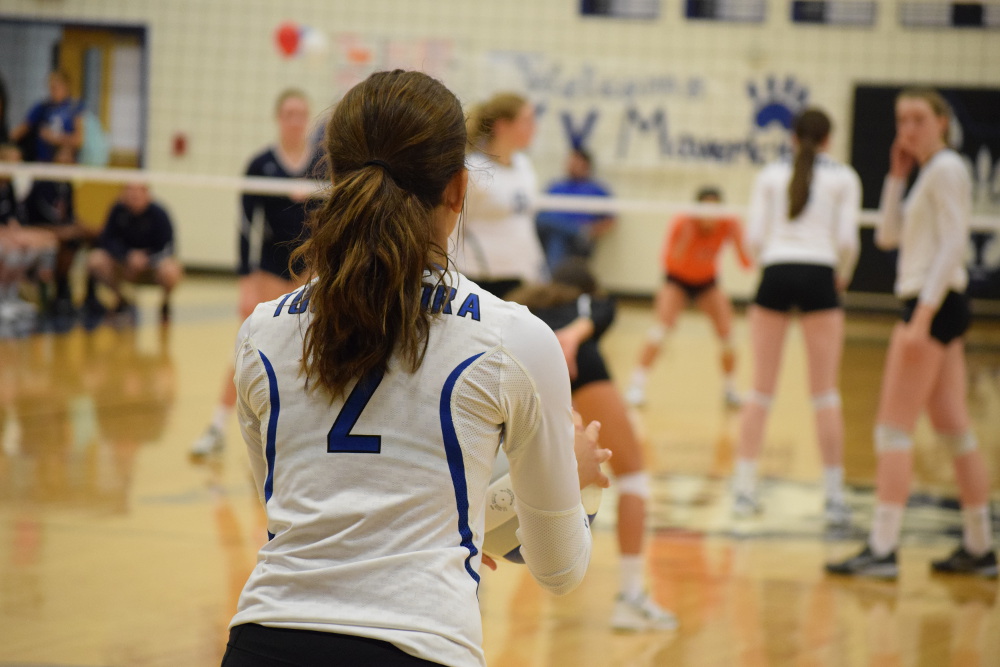Loudoun County, Va. — As the NCAA relaxes recruiting rules and as social media becomes commonplace among high school student-athletes, more and more college coaches turn to social networking sites like Twitter to learn about the character of prospective student-athletes. However, coaches and student-athletes need a mutual understanding of how a PSA’s presence online compares to his offline character and how college coaches are using social media to recruit or stop recruiting PSAs.
College Coaches Athletically Dooce Prospective Student-Athletes
To dooce someone is to fire her from her job because of her published content online1. On multiple occasions high school student-athletes have been athletically dooced – cut from a recruiting list because of their actions online.
For example, former University of Arkansas football coach Jemal Singleton openly athletically dooced a prospective student-athlete in March 2014 tweeting about the incident:
Had to unfollow/stop recruiting a young man this evening. Still amazed by what recruits tweet/retweet. College coaches are watching.
— Coach Sings (@CoachSings) March 15, 2014
Just four months later, former Pennsylvania State University football coach Herb Hand openly athletically dooced a PSA in July 2014 tweeting:
Dropped another prospect this AM due to his social media presence…Actually glad I got to see the ‘real’ person before we offered him.
— Herb Hand (@CoachHand) July 30, 2014
These high school student-athletes lost potential opportunities and scholarship money to play sports in college because of their Twitter presences.
All PSAs – following the two dropped by Singleton and Hand – have received the now popular warning tweet – originally tweeted by former Paul VI Catholic High School basketball coach Brandon Chambers:
Never let a 140 character tweet cost you a $140,000 scholarship.
— Corry Black (@CoachCBlack) September 11, 2014
With PSAs still getting athletically dooced because of their social media, I sat down to complete some academic research posing the question “how does a high school student-athlete’s self-presentation on Twitter affect his or her chances of being recruited to play a collegiate sport?”
Self-Presentation Theory Translates to Social Media
Canadian sociologist Erving Goffman proposed an interaction theory in the late 1950s that helps us understand how and why people act a certain way in social situations. Goffman suggests that once in a social situation, people gather information about the audience and context of the situation before deciding how to appropriately perform their roles, like actors in a theater production2. This means that through observation – along with trial-and-error – people know how to act in each social situation they are a part of.
Goffman’s performance ideas effectively translate to performance on social media, as people use social networking sites as a stage to act, perform and present themselves in a variety of different ways to the connected world.
With a larger audience and a greater amount of time in constant social interaction, a social media user must actively create his “digital presence”3 or “self-consciously construct images” of himself4.
As more and more college coaches turn to social media, like Twitter, to learn about prospective student-athletes, a PSA’s self-presentation – and digital presence construction – on Twitter becomes more and more important. Since PSAs are using social networks to present themselves to teammates, fans and potential college coaches, research needed to be done on how much that self-presentation affects high school student-athletes’ chances of being recruited.
If you want to join the conversation, use #SocialMediaRecruits on Twitter or Facebook.
This blog is the first of a five-part series, called Social Media Recruits, on the effect of social media on the recruitment of high school student-athletes. While the series hopes to explain certain aspects of social media use in college recruitment, it is not an inclusive study of everything everyone must know about the process and issues faced in online recruiting:
- Introduction: Social Media Has Changed the Recruiting Landscape
- How Do Athletes Use Social Media During Recruitment?
- How Do Bridge Builders Use Social Media During Recruitment?
- How Do College Coaches Use Social Media During Recruitment?
- Conclusion: Pros of Social Media Use Outweigh the Cons
Works Cited
1Rettberg, J. W. (2013). Blogging. 2nd ed. Cambridge: Polity.
2Goffman, E. (1959). The Presentation of Self in Everyday Life. London: Penguin Books.
3boyd, d. (2014). It’s complicated. New Haven: Yale University Press.
4Marwick, A. (2013). Status Update: Celebrity, publicity, and branding in the social media age. London: Yale University Press.



